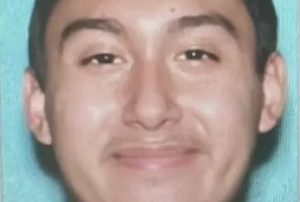School systems nationwide rely on
high-level expertise from the US Secret Service and others as they work to stay
vigilant for signs of potential student violence, training staff, monitoring
social media and urging others to tip them off.
When it comes to how to respond to a
possible threat, however, it’s the local educators who make the call.
Also Read: Shooting, bombing ‘threats’ on TikTok trigger security alarm in US schools
In the November 30 shooting at an Oxford
Township, Michigan high school, authorities say the 15-year-old student charged
with killing four peers was allowed to remain in school despite troubling
behaviour including a drawing of a handgun and a person with bullet wounds. The
school’s handling of the student before the shooting is among the topics under
investigation.
Security experts and school administrators
say there is detailed guidance to help schools recognize concerning behaviour
and when to intervene. But exactly how to respond, including whether to remove
students from school property or involve law enforcement, is for school
officials to decide in each individual case.
Florida will pay $26 million to shooting victims
‘There is no perfect school safety
Educators routinely assess how to deal with
behaviour that can range from mentions of weapons in social media posts to
students “joking” about bomb threats, all while weighing safety concerns
against a student’s right to an education.
“There is no such thing as the perfect
school safety and crisis response protocol,” said Stephen Brock, a lead author
on the subjects for the National Association of School Psychologists’
curriculum.
Also Read: Michigan school district sets new safety plan after shooting
Widely accepted best practices for threat
assessment have been adapted from Secret Service guidance developed in the
years since the 1999 Columbine school massacre. The agency’s National Threat
Assessment Centre recommends multi-disciplinary teams of school administrators,
security and mental health professionals be established to assess whether a
student would be helped by counselling, should be reported to police, sent back
to class or something in between.
Also Read: Sheriff’s office slammed for handgun photo amid Michigan shooting row
To set blanket policy — for example, always
sending students home for certain acts — would be to go back to an era of
zero-tolerance policies, when everyone was punished but few students got help,
said Lina Alathari, chief of the Secret Service National Threat Assessment
Centre.
Also Read: School district faces two $100 million suits after Oxford shootings
“You have to rely on your assessment to
guide your response, which is why this multidisciplinary approach is so
important. You want the mental health perspective, but you also want the
(student resource officer) perspective because they will bring that
operational, investigative mindset to ask the questions, whether something is
an imminent risk or not,” she said.






